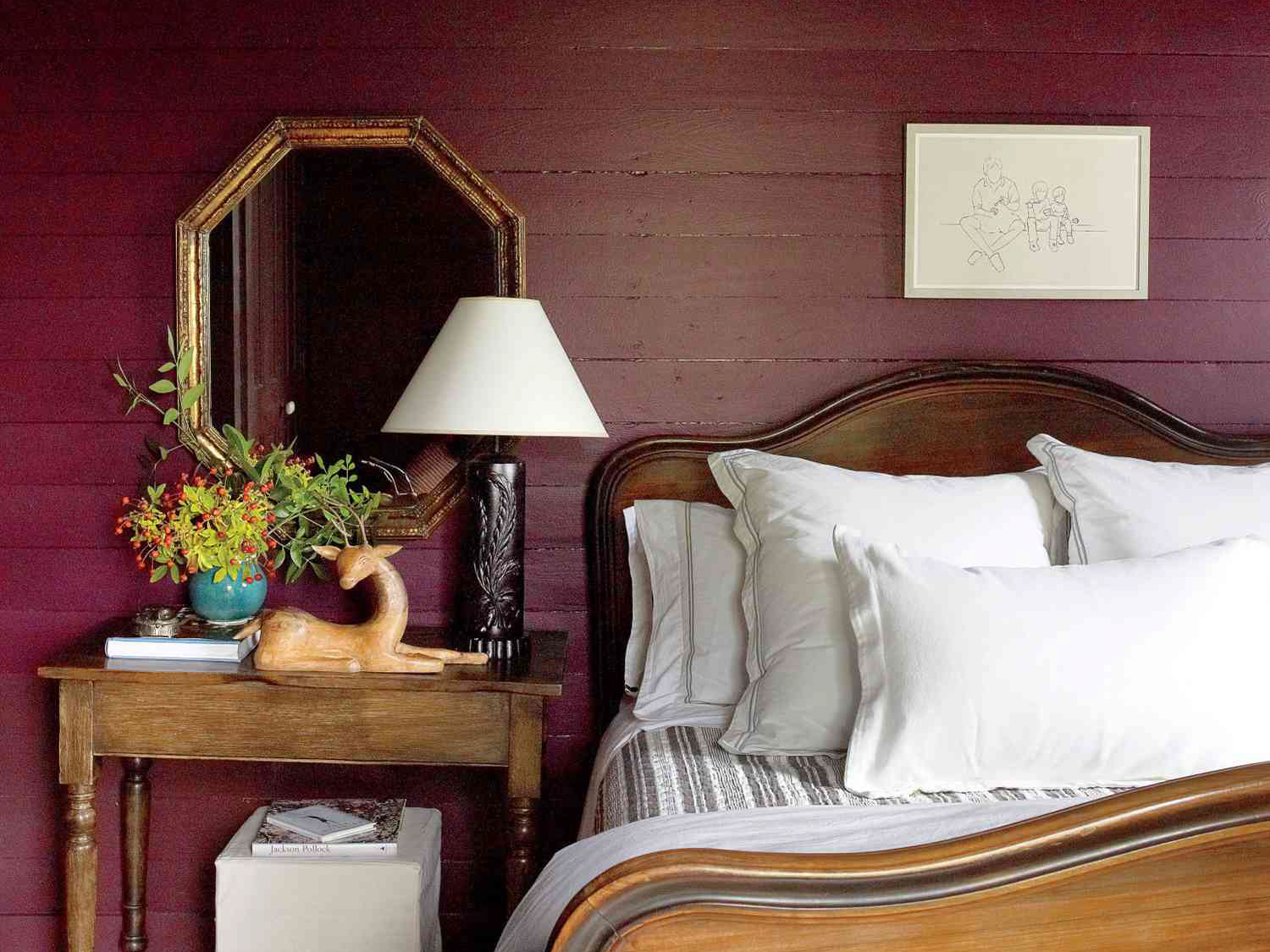The Significance of Light in French Culture and Art
When one thinks of France, images of romantic cafés, picturesque countrysides and elegant architecture come to mind. However, what truly sets France apart is its unique relationship with light. The way natural light plays on the buildings, landscapes and people of France has long been a source of inspiration for artists and has contributed to the development of various art movements such as Impressionism and Pointillism.
The Parisian painter Claude Monet, for instance, was obsessed with capturing the elusive effects of natural light on his canvases. In his famous “Water Lilies” series, he strove to capture the different nuances of light and color that reflected off the surface of his pond. His contemporary, Auguste Renoir, was equally enamored with light and the human figure, using the interplay of light and shadow to convey mood and atmosphere in his portraiture.
However, it’s not just the renowned artists who have been impacted by the quality of light in France. The daily activities of the French people revolve around light, with long leisurely lunches and dinners outside in the sun and an appreciation for beautifully lit public spaces. The city of Paris, for instance, is home to some of the most stunning examples of light in public spaces, such as the Eiffel Tower and the Champs-Elysees illuminated at night.
The Role of Light in French Architecture
The influence of light on French architecture goes back centuries. The Gothic cathedrals that dot the French countryside are some of the best examples of how architects used light to create spiritual spaces. Light was often used to create a sense of awe and wonder in the worshippers as they entered these buildings. The stained glass windows found in cathedrals such as Chartres and Chartres’ Notre-Dame were designed to admit light in different colors, shifting the mood and atmosphere of the interiors.
During the Baroque period, French architects continued to use light to create dramatic and theatrical effects in their buildings. The Palace of Versailles is a prime example of the use of light to heighten the grandeur of space. The Hall of Mirrors, for example, uses mirrors on one side of the room to reflect natural light coming from the windows on the other side, creating a dazzling and unforgettable effect.
French Light in Contemporary Art
While light has always been a central theme in French art, there are many contemporary artists who continue to push the boundaries of what can be done with light. The artist Yann Kersalé, for example, is known for his large-scale public installations that use light to transform the urban landscape. His works, such as the “Waterlicht” installation at the Domaine national de Saint-Cloud or the “Light Air” installation in Lyon, encourage viewers to experience familiar spaces in a new light, literally.
Another contemporary artist known for his use of light is Philippe Parreno. His installations use light, sound, and other elements to create immersive environments that challenge how we perceive art. His recent exhibition at the Palais de Tokyo, “Anywhen,” used light to create a constantly changing environment that responded to the movements of the viewers.



